The Teaching Perspective of Distance Learning
While Greenhill parents worry about how much their students are learning during the Covid-19 quarantine, Upper School teachers continue to search for ways to engage their classes under the new constraints of distance learning.
It’s been a scramble as teachers have revised lesson plans and learned to teach synchronous classes via Microsoft Teams while relying on the online Canvas platform as well for supplemental instruction and assessments.
Many students have complained about having too much free time, but that hasn’t been the case with teachers.
“I am considerably busier now than before,” Upper School Modern and Classical Language Department Chair Laura Hudec said. “Prepping for online classes takes much longer but having a household who are also all online adds a different element of distraction.”
In some classes, such as English, it’s been fairly straightforward for faculty to change to online schooling. Science courses, with their hands-on experiments, labs and presentations, are another matter.
Upper School Science Department Chair Treavor Kendall said that they are doing their best under challenging circumstances.
“We are trying to keep folks engaged with experiments and things they can make at home,” Kendall said. “We’re also using online simulations and videos to demonstrate concepts.”
Using these online simulations, science teachers are able to show students how the experiment is carried out, almost as if they were doing it themselves.
Although the experience isn’t quite as hands-on as teachers would like, it’s the best substitute to what happens in science classrooms.
Because most foreign language classes at Greenhill focus on speaking and writing in these languages, teachers have had to come up with creative teaching techniques.
For Hudec, this includes having her students watch spoken Latin videos on YouTube about Latin architecture.
Hudec said she enjoys the fact that she is able to incorporate more spoken Latin into asynchronous classes, leaving her with check-in time with her students during synchronous classes.
“Because students are engaging in those activities in asynchronous learning mode, this means that our synchronous learning is more focused on self-care, student interaction for the sake of education growth and reinforcing grammatical and literary concepts,” Hudec said.
While teachers in subjects such as English and history have been able to keep lesson plans intact with online classes, electives such as orchestra have been severely impacted.
In Strings, there is a strong sense of collaboration and working together in class. Because students cannot physically play together, the class loses a sense of teamwork, said Middle and Upper School orchestra and strings teacher Nick Paraskevas. Although they lose time together, it’s independent practice that matters the most during these times, Paraskevas said.
“We learn those skills best when we collaborate with others, and our greatest joy in music is just that – the collaboration with others,” Paraskevas said. “Right now, that has to be set aside, but we will come out from all this.”
Paraskevas also said that the rhythm of practicing and music has not changed, as the class currently revolves around independent practice.
“What has changed for the moment, however, is that we are forced to spend more time relatively with our own preparation and have less opportunity for collaboration,” Paraskevas said.
As for actual lessons, Paraskevas and the technology department are trying to work out 15-minute one-on-one lessons for each student.
It helps that most of the students that Paraskevas teaches have their own remote learning lessons with a different teacher.
“We have prioritized above all else meeting with students one-on-one for 15-minute mini-lessons,” Paraskevas said. “We are fortunate, too, that a good number of our students study privately already and are already experienced with remote online lessons.”
Head of Upper School Trevor Worcester praised the resiliency of Greenhill faculty in making the sudden shift to online classes.
“I believe our faculty has done incredible work to transition very quickly from the physical classroom to the online environment,” he said.
One of the biggest challenges for faculty is making an emotional connection with their students through a computer screen.
“I really miss the magic that happens in the classroom when we, as a class, are a support system in the learning experience,” Hudec said. “There is magic that happens when a group of people come together for a common goal of learning, and everyone comes out of it a better person.”
Worcester, who also teaches Upper School Latin, agreed.
“The in-person interaction between students and faculty is an incredible gift, and it is challenging not to have that,” Worcester said.
Teaching from home isn’t ideal for most Greenhill teachers, but it’s the new reality they are trying to master.
“We are all doing our best to navigate this unprecedented shift,” Worcester said. “I know I am eager to learn and collaborate from faculty on what works and what doesn’t work in this new world.”

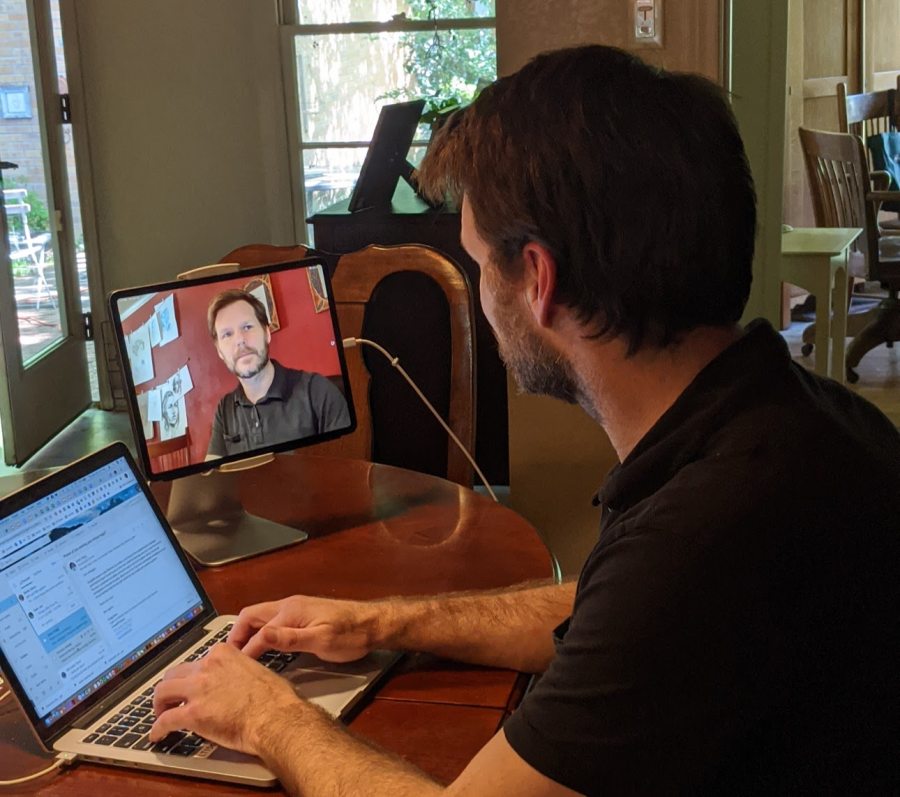
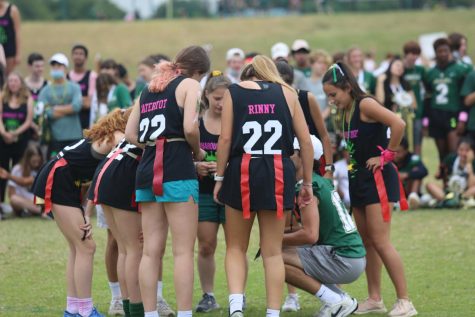
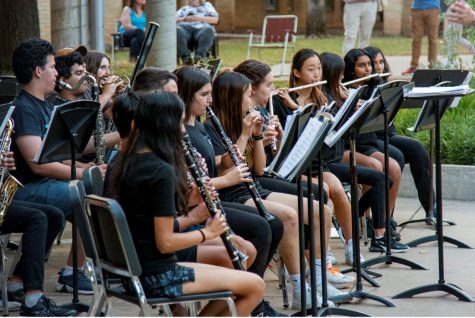
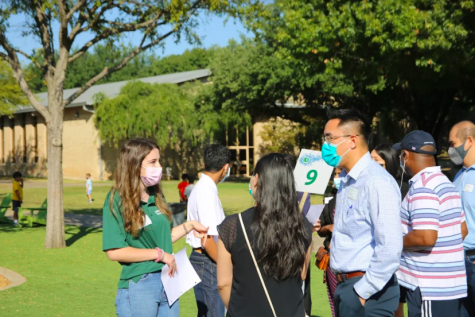

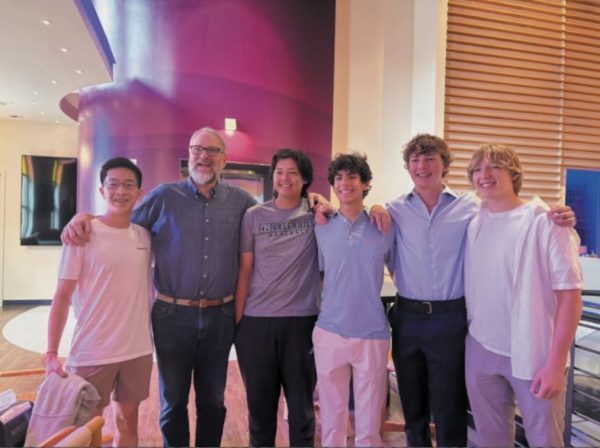

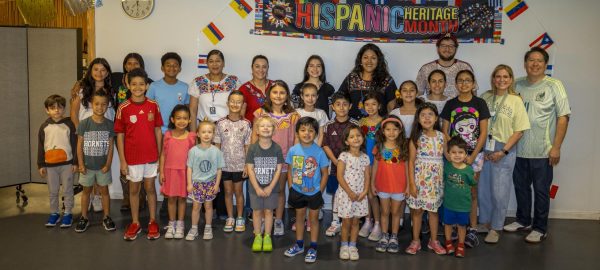
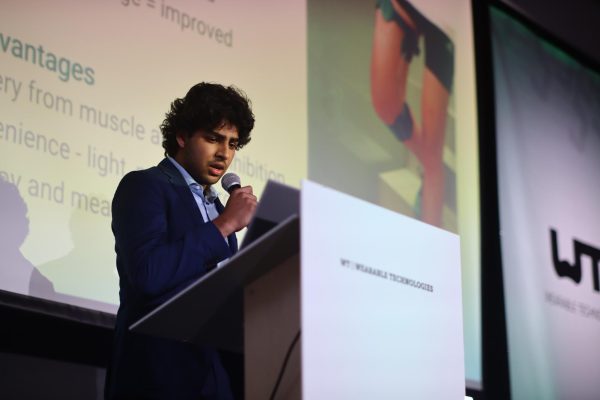
Edna Martinez • May 9, 2020 at 12:00 pm
Interesting. A good reminder not only of the additional challenges that these days teachers have, but much of what it takes to be a teacher in general.